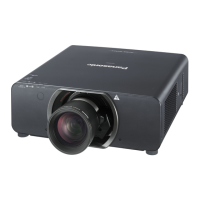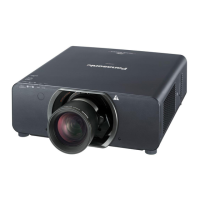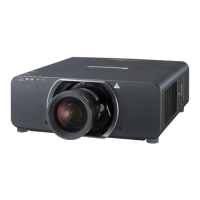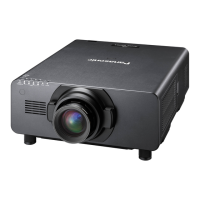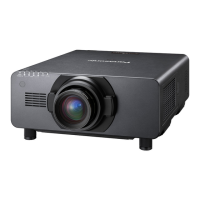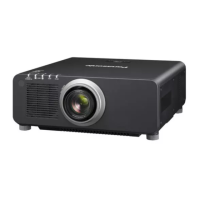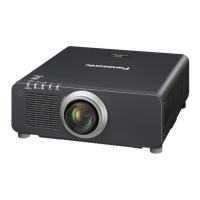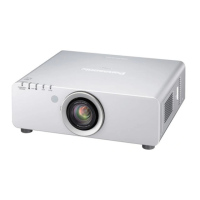Summary of Vacuum Pump Selection Factors
These basic questions should be answered before deciding
which vacuum pump is best suited for a particular application:
• What degree of vacuum is required?
• What flow capacity (cfm) is required?
• What horsepower and speed requirements are needed to
meet vacuum level and capacity values?
• What power is available?
• Will duty cycle be continuous or intermittent?
• What is the atmospheric pressure at the work site?
• What is the ambient temperature?
• Are there any space limitations?
Vacuum Ratings and Typical Pump Capacities
Max. Vacuum CFM
Rating (“Hg) Range
27.5 to 28.5 1 to 1,000 Piston (multistage)
25.5 to 29 0.1 to 2 Rocking piston
24 to 29 0.1 to 8 Diaphragm (single & multistage)
10 to 28 0.5 to 50 Rotary vane
14 to 22 5 to 2,000 Multi-stage Centrifugal
14 to 22 5 to 200 Multi-stage Regenerative
5 to 7 5 to 200 Single-stage Regenerative
1 to 2 1 to 10,000 Single-stage Centrifugal
126
Summary of Vacuum Pump Selection Factors
These basic questions should be answered before deciding
which vacuum pump is best suited for a particular application:
• What degree of vacuum is required?
• What flow capacity (cfm) is required?
• What horsepower and speed requirements are needed to
meet vacuum level and capacity values?
• What power is available?
• Will duty cycle be continuous or intermittent?
• What is the atmospheric pressure at the work site?
• What is the ambient temperature?
• Are there any space limitations?
Vacuum Ratings and Typical Pump Capacities
Max. Vacuum CFM
Rating (“Hg) Range
27.5 to 28.5 1 to 1,000 Piston (multistage)
25.5 to 29 0.1 to 2 Rocking piston
24 to 29 0.1 to 8 Diaphragm (single & multistage)
10 to 28 0.5 to 50 Rotary vane
14 to 22 5 to 2,000 Multi-stage Centrifugal
14 to 22 5 to 200 Multi-stage Regenerative
5 to 7 5 to 200 Single-stage Regenerative
1 to 2 1 to 10,000 Single-stage Centrifugal
126
Summary of Vacuum Pump Selection Factors
These basic questions should be answered before deciding
which vacuum pump is best suited for a particular application:
• What degree of vacuum is required?
• What flow capacity (cfm) is required?
• What horsepower and speed requirements are needed to
meet vacuum level and capacity values?
• What power is available?
• Will duty cycle be continuous or intermittent?
• What is the atmospheric pressure at the work site?
• What is the ambient temperature?
• Are there any space limitations?
Vacuum Ratings and Typical Pump Capacities
Max. Vacuum CFM
Rating (“Hg) Range
27.5 to 28.5 1 to 1,000 Piston (multistage)
25.5 to 29 0.1 to 2 Rocking piston
24 to 29 0.1 to 8 Diaphragm (single & multistage)
10 to 28 0.5 to 50 Rotary vane
14 to 22 5 to 2,000 Multi-stage Centrifugal
14 to 22 5 to 200 Multi-stage Regenerative
5 to 7 5 to 200 Single-stage Regenerative
1 to 2 1 to 10,000 Single-stage Centrifugal
126
Summary of Vacuum Pump Selection Factors
These basic questions should be answered before deciding
which vacuum pump is best suited for a particular application:
• What degree of vacuum is required?
• What flow capacity (cfm) is required?
• What horsepower and speed requirements are needed to
meet vacuum level and capacity values?
• What power is available?
• Will duty cycle be continuous or intermittent?
• What is the atmospheric pressure at the work site?
• What is the ambient temperature?
• Are there any space limitations?
Vacuum Ratings and Typical Pump Capacities
Max. Vacuum CFM
Rating (“Hg) Range
27.5 to 28.5 1 to 1,000 Piston (multistage)
25.5 to 29 0.1 to 2 Rocking piston
24 to 29 0.1 to 8 Diaphragm (single & multistage)
10 to 28 0.5 to 50 Rotary vane
14 to 22 5 to 2,000 Multi-stage Centrifugal
14 to 22 5 to 200 Multi-stage Regenerative
5 to 7 5 to 200 Single-stage Regenerative
1 to 2 1 to 10,000 Single-stage Centrifugal
126
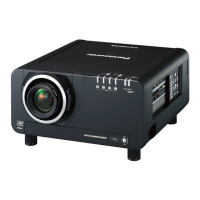
